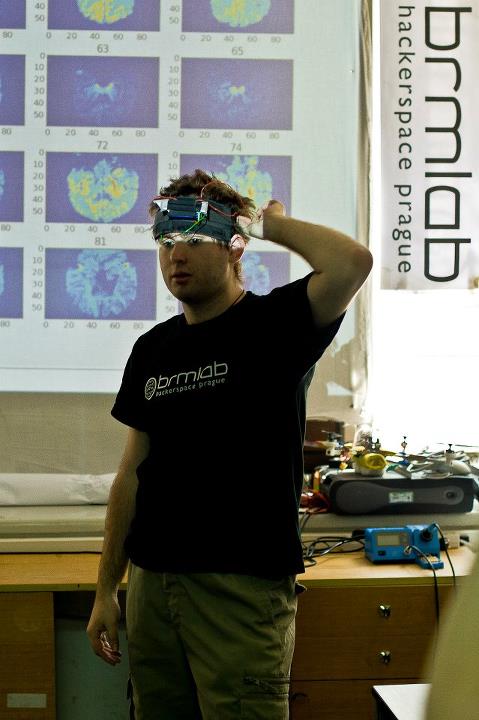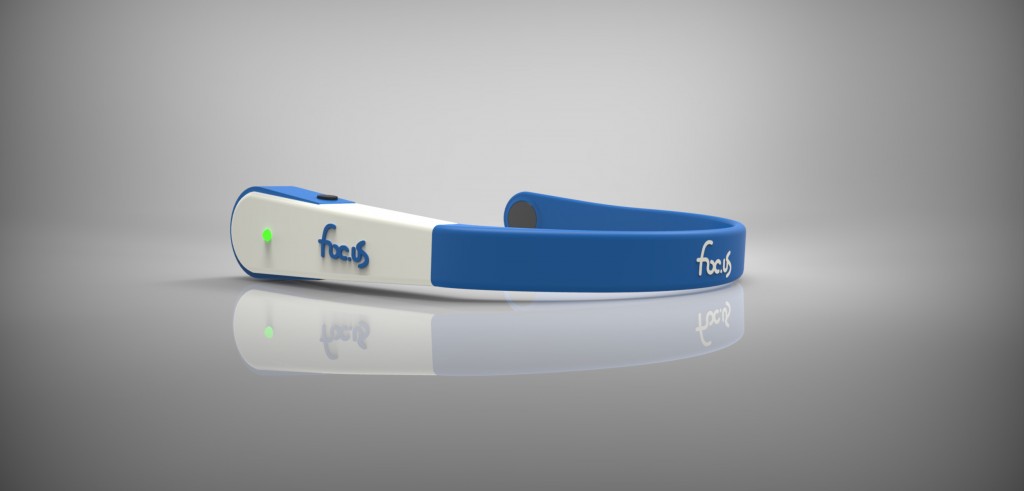Update 3/1/17 Not sure when it happened, but a reader alerted me to the fact the tDCS Shield addon was abandoned.
After many conversations with experts in the field of neuroscience and brain-computer interfacing, we have made the difficult decision to discontinue development of the tDCS Shield.
Very interesting! A successful ‘maker’ lab with previous EEG device success (32 channel, research-level EEG device) embarks on a lower cost, 4 channel EEG-device-for-the-masses Kickstarter campaign. It’s hugely successful, and fully funded ($80k) with 30 days left to go. So they launch a ‘stretch goal’ for an additional $80k of funding to add the option to pre-order (for $50) a tDCS module.
What does this mean for you and I? Well, it at least certainly points to the possibility that within the next few years we could be sitting in front of a computer screen, monitoring our EEG output (brainwaves, more or less) while we try out a tDCS (tACS, tRNS, tPCS etc.) montage. As in, “Oh Interesting! 1.5 mA stimulation to DLPFC (your forehead) tunes my Theta into that zone that makes me feel like writing a song!” (Kidding but you get the idea).
This gets me really excited when I think about the possibility of thousands of us doing it and contributing the collective data in a useful way to scientific research.
This is what first caught my eye! 3d printed HD-tDCS electrodes?
https://twitter.com/hyyke_io/status/667434603033006080
And here’s the Kickstarter Campaign. Check out the video. Fascinating!
OpenBCI: Biosensing for Everybody
Announcing tDCS Shield Stretch Goal

At OpenBCI, we are cautiously optimistic about the beneficial potential of transcranial direct-current stimulation (tDCS). As always, safety is our number one priority. We hope to educate the public about proper tDCS techniques, and to offer a new, open-source platform for studying the effects of tDCS on electrical brain activity. If we hit the $160,000 stretch goal, we will provide the option to pre-order a tDCS Shield that is compatible with both the Ganglion and our 32bit board. In addition, we will design custom Ultracortex node mounts for tDCS-specific electrodes. Anybody with the complete Ganglion+Ultracortex+tDCS system will be able to perform simultaneous neurostimulation and neurorecording, trying out different electrode configurations and creating custom “closed-loop” brain-computer interface systems.
tDCS is a type of neurostimulation in which a low-amperage direct current is passed through the scalp from a positively charged electrode (anode) to a negatively charged electrode (cathode). Some research has claimed that tDCS can increase cognitive performance and assist in the treatment of cognitive disorders such as depression and ADHD. Other studies have reported that there is no statistically conclusive evidence that tDCS has any net cognitive effect. Despite the effects of tDCS being critically debated, it is widely accepted that tDCS—when adhering to safety protocols and done in a controlled manner—is a safe method of brain stimulation.
Spread the word, and help us double our goal!





